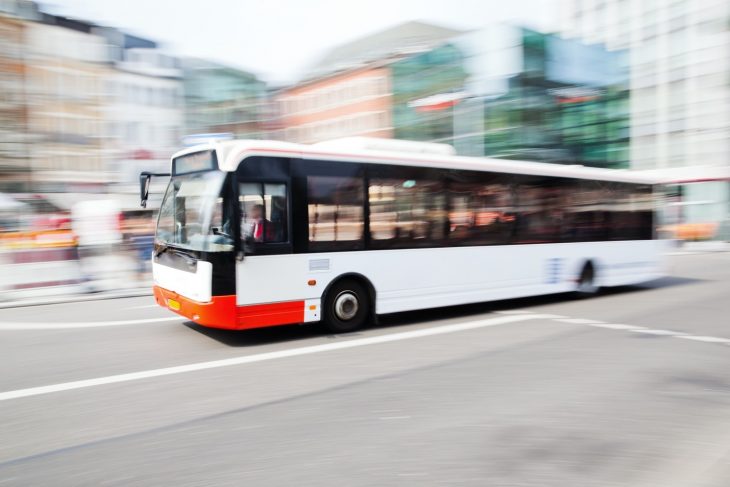By Sidhart Krishnamurthi, Product Management @ Recogni
In 2016 alone, Americans took over 10 billion trips via public transportation, a number that has steadily increased over the past few decades. On a global scale, over 200 billion trips were completed in 2015. Clearly, these numbers show that public transportation is one of the most common means of mobility in our society today.
Unfortunately, public transportation, particularly amongst bus services, has its fair share of inefficiencies, the first of which is related to cost. In the New York public transportation system, over the last several years, the bus driver contractual cost has risen significantly. On a macro level over time, this increase in wages add up, leading to an enormous burden financially.
In addition to this, humans tend to drive imperfectly, leading to collisions. These accidents are costly – in 2002, a single bus crash averaged almost 60 thousand dollars! Because over 50 thousand bus accidents occurred in that same time period, several billions of dollars were lost. Fast forward to present day – given the growth of public transportation over the years, crashes clearly make a significant impact in the operating costs faced by transit systems. However, the best of the bus charter services avoids these through proper organization and planning. It is also important for charter bus companies to look for a bus for sale that is high in quality and efficient to avoid accidents and crashes.
Another key point to take into consideration is the rise in the cost of all fossil fuels. Given that human drivers often make imperfect maneuvers which lead to gas wastage, on a large scale, fuel expenses take a toll on public transit budgets. Clearly, to fix all of these inefficiencies, a solution must be implemented, specifically within bus lines.
Autonomous vehicles (AV) present a solution to these issues. Buses will be able to maneuver by themselves, without any human intervention. As a result, operating costs will be minimized through diminished labor and fuel costs, along with safety benefits. Subsequently, the transportation budget can be allocated more efficiently.
In addition, autonomous buses operating in centralized fleets will bring new features to bus lines, including increased access to mobility, lower fares, predictable and accurate travel times, and “right-sizing” (no empty/sparsely populated buses). Given the high volume of people who rely on public transportation, the positive implications AVs bring to public transportation systems will benefit society immensely as a whole.
Currently, the auto industry is in a state of partial autonomy. Vehicles today are equipped with solutions that are based on legacy technology – these platforms are not purpose-built to enable anything past driver assistance. For society to experience public transportation in the most efficient manner, a novel solution must be brought to the market – one that is purpose-built for the monumental task of self-driving.
When humans drive, we use a data center level compute while consuming less power than a lightbulb. To mimic this, an AV needs to have 75 Tera-Operations-Per-Second (TOPS) of computability for every watt of power consumption. This unsolved optimization puzzle, known as the visual perception problem, is the largest barrier to the industry realizing full autonomy.
A solution must be developed that can solve the visual perception problem. Through leveraging key innovations in ASIC architecture, math, and artificial intelligence, this platform must have unmatched compute while consuming minimal power. This best-in-breed module should enable fully autonomous vehicles to take the road without any human intervention, allowing society to reap the benefits of an efficient public transportation system.
To learn more about Recogni, check out www.recogni.com









